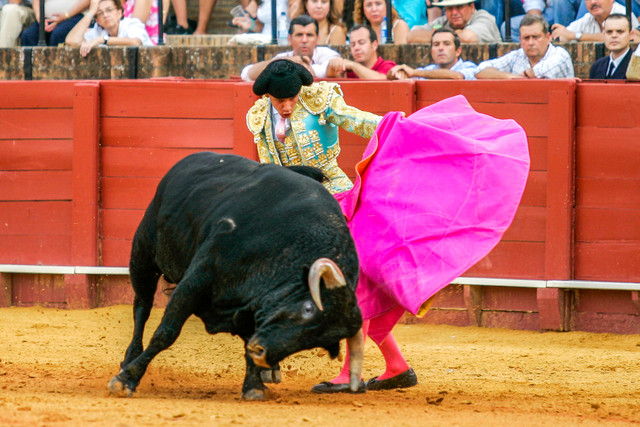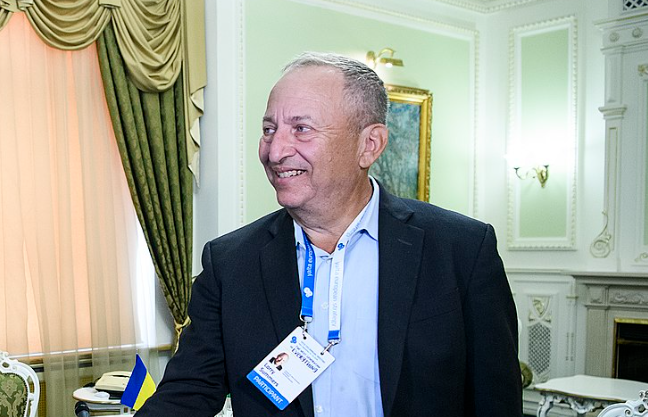Mexico City, home to the world’s largest bullring, has made a bold choice that’s sparking debates across the country.
What’s behind this change, and why is it causing such a stir?
Let’s explore how Mexico City is reshaping a centuries-old practice to protect animals while keeping its cultural roots alive.
Mexico City Bullfighting Ban
A New Kind of Bullfighting
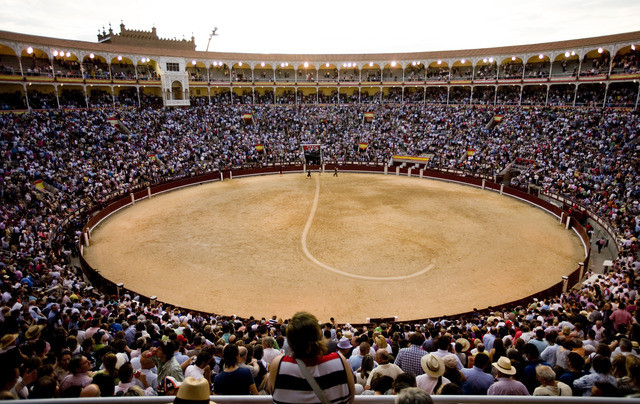
In March 2025, Mexico City’s lawmakers voted 61-1 to ban traditional bullfighting, where bulls were harmed or killed. Instead, they introduced “bullfighting without violence.”
This means bullfighters can only use capes, bulls’ horns must be padded, and each bull spends just 15 minutes in the ring before safely returning to its ranch.
The goal is to stop cruelty while keeping the excitement of the event. This change, led by Mayor Clara Brugada and backed by President Claudia Sheinbaum, responds to growing calls from animal rights groups who say bulls suffer greatly in traditional fights.
About 180,000 bulls are killed yearly in bullfights worldwide, and activists see this as a big step forward.
Balancing Culture and Economy
What economic challenges might arise from the Mexico City bullfighting ban for local businesses?
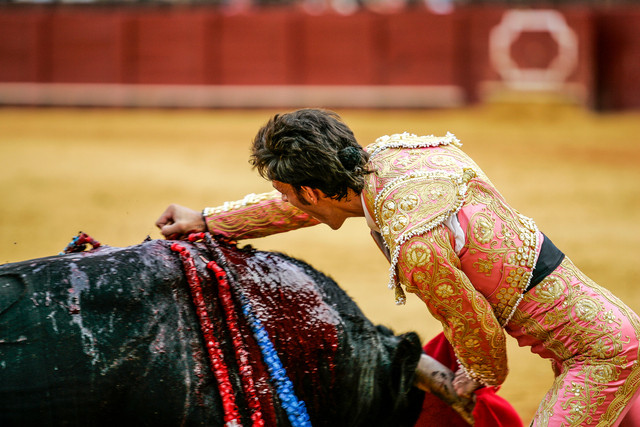
Bullfighting is a deep part of Mexico’s history, dating back to 1529. It’s not just a show—it supports 80,000 direct jobs and 146,000 indirect jobs, bringing in $400 million each year.
Many, including matadors and fans, protested the ban, saying it threatens their way of life. Signs at protests read, “Bullfighting is an art” and “Freedom.”
Lawmakers tried to find a middle ground by keeping the events but removing the violence. Green Party lawmaker Jesús Sesma said,
“No one lost their job. We found a way to continue these spectacles without violence.”
Still, some worry the new rules might not attract fans who expect the old, dramatic fights.
What’s Next for Bulls and Fans?
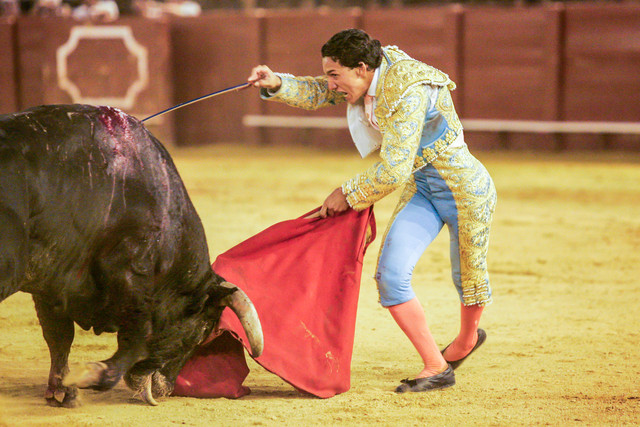
The new rules will start after a 210-day waiting period, giving the industry time to adapt. Animal rights groups, like Humane World for Animals Mexico, are happy but want a full ban.
They point out that bulls still face stress from noisy crowds and transport. Other places, like Colombia and some Mexican states, have also moved to limit or ban bullfighting, showing a global shift.
Will Mexico City’s compromise work, or will it lead to bigger changes? The debate continues, with both sides passionate about their beliefs.
This bold move might inspire other cities to rethink traditions in kinder ways.
You might also want to read: Last Words of Bullfighter Who Was Fatally Gored by Bull After Tripping Over His Own Cape
